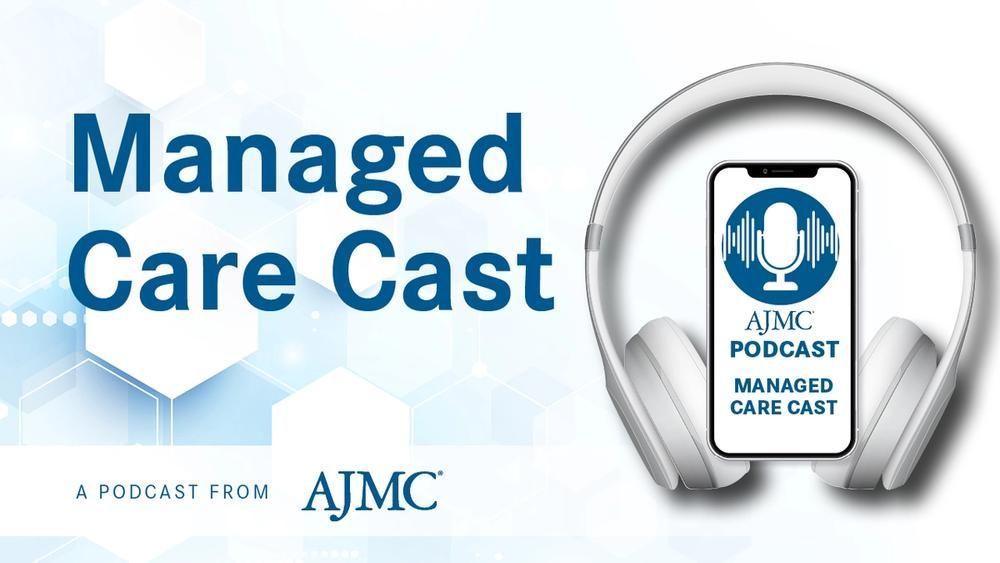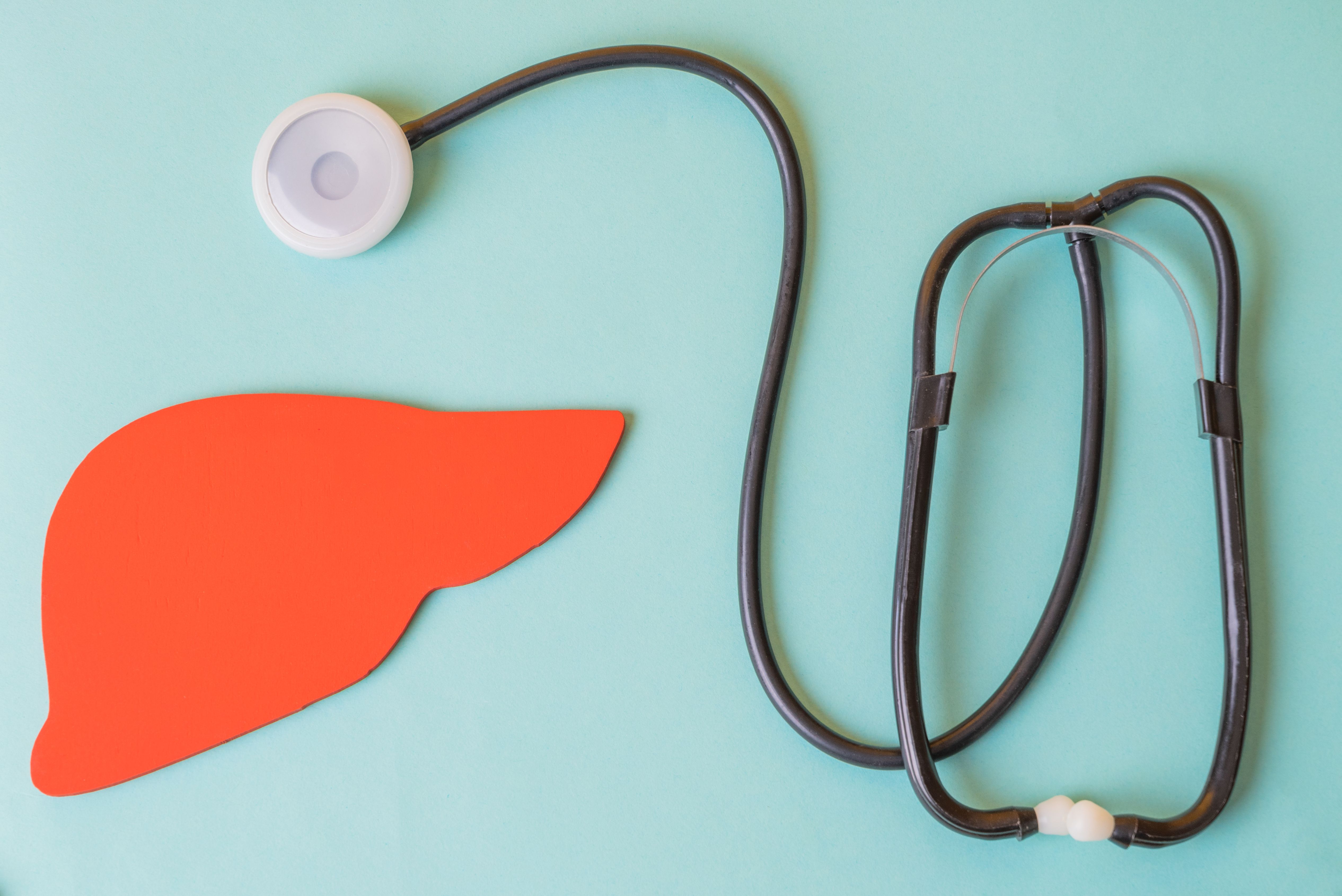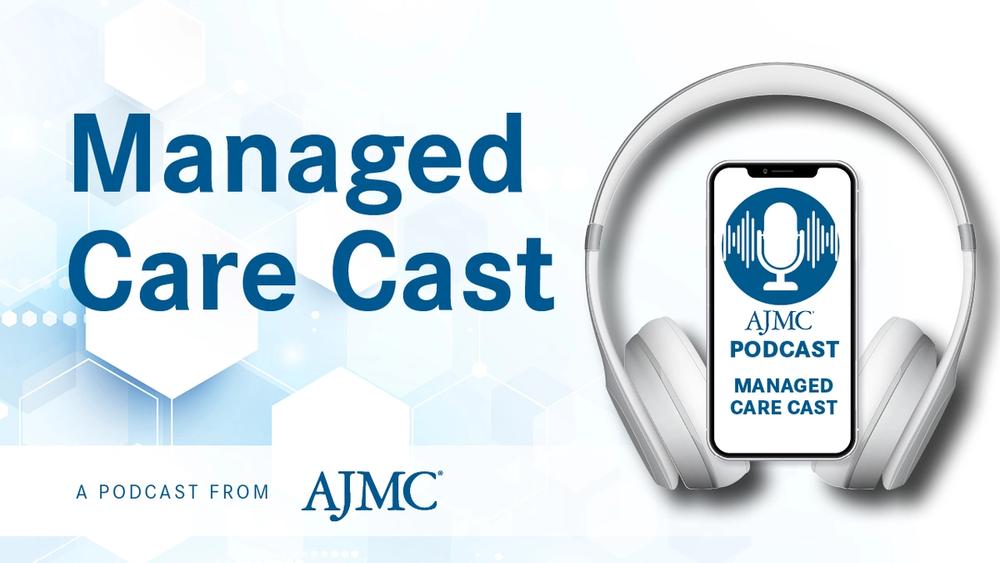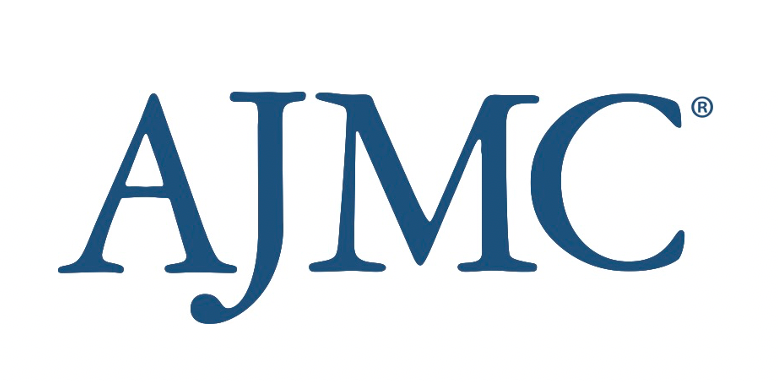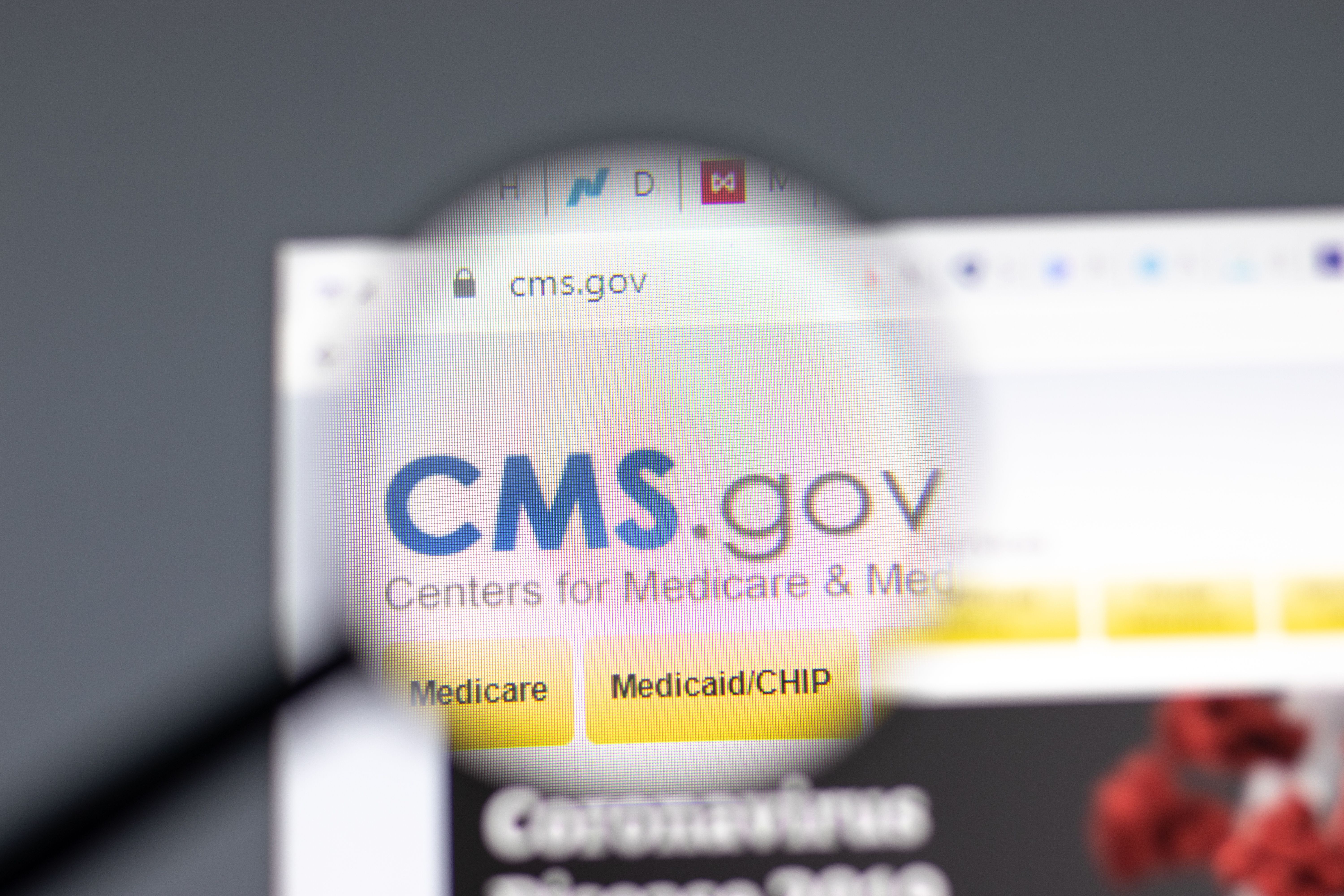News
Article
Promising Potential for FGF21 Analogs in MASH Management
Author(s):
Key Takeaways
- Fibroblast growth factor 21 (FGF21) analogs significantly improve fibrosis and resolve metabolic dysfunction-associated steatohepatitis (MASH) without progression, showing promise for non-cirrhotic patients.
- The treatment is associated with a higher likelihood of achieving a 30% or greater hepatic fat fraction reduction.
Emerging evidence suggests that fibroblast growth factor 21 (FGF21) could play a future part in the treatment of metabolic dysfunction-associated steatohepatitis (MASH).
Fibroblast growth factor 21 (FGF21) analogs hold promise as safe and effective therapeutics for patients with metabolic dysfunction-associated steatohepatitis (MASH); however, these benefits may be exclusive to patients without cirrhotic disease. These findings were published in Annals of Nutrition and Metabolism and demonstrated the need to expand clinical knowledge about the role and financial nuances of FGF21 in the MASH treatment landscape.1
Today, MASH remains a complicated disease. For instance, the magnitude of a patient’s fibrosis is a great way to assess their risk for liver-related or all-cause mortality; yet, the mechanisms that influence MASH progressing to fibrosis are not fully understood. Steatosis is thought to be an early precursor here, as it leads to liver inflammation and oxidation, which contributes to necroinflammation and subsequent fibrosis. However, as the present authors outlined, not all patients with steatosis progress to fibrosis. Amid this complexity, emerging research has started exploring the influence of metabolic, immunologic, genetic, cellular, and endocrine pathways on this process.2
Fibroblast growth factor 21 | image credit: Juan Gärtner - stock.adobe.com
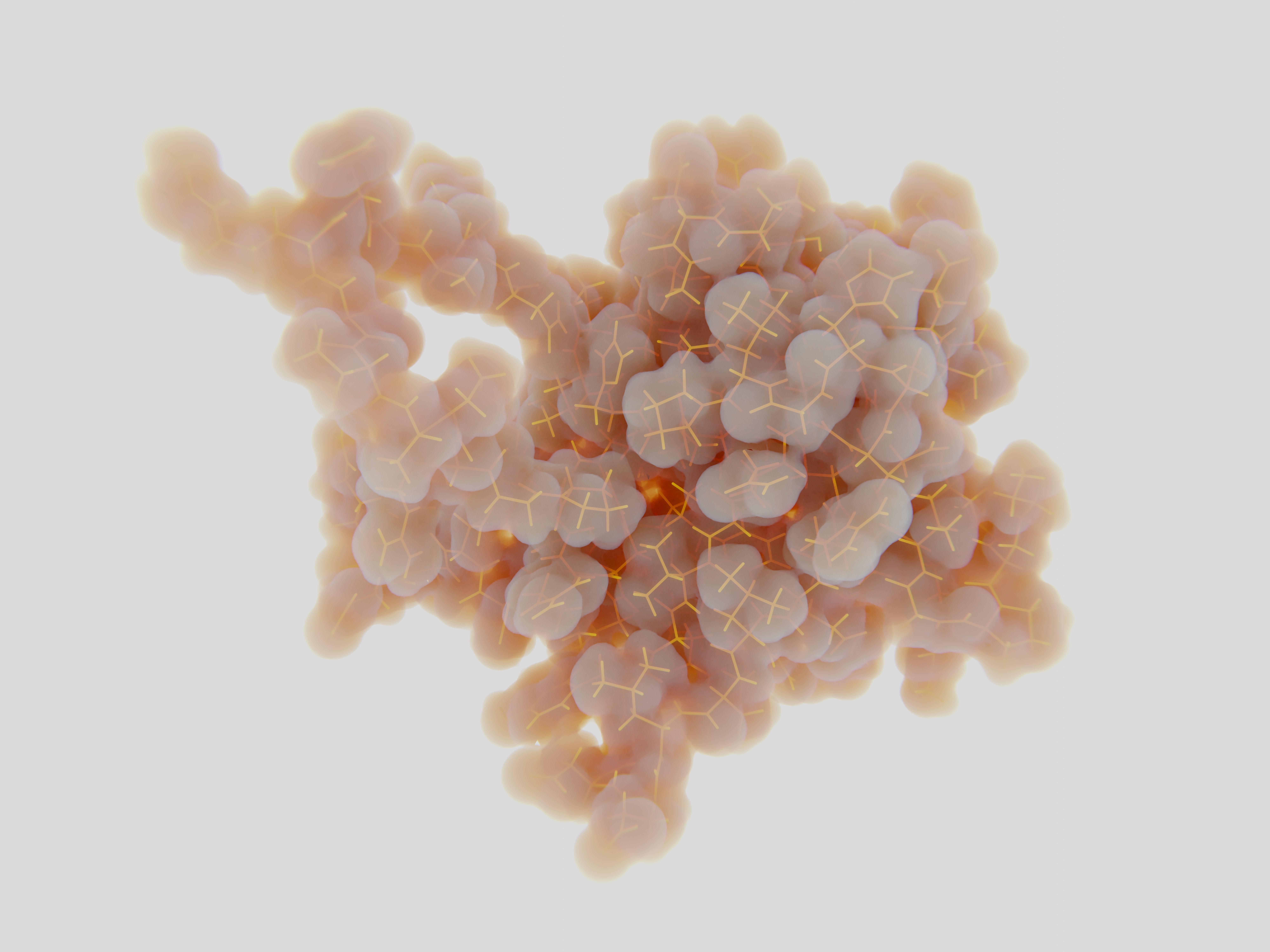
Previous studies, the present authors noted, have shown that FGF21 can influence great glucose uptake by promoting lipolysis. Other research in animal models has demonstrated the capacity for FGF21 to counteract hyperglycemia, diet-related obesity, hyperlipidemia, and hepatic steatosis. Considering these emerging findings, the researchers conducted a systematic review and meta-analysis to assess how effective and safe FDF21 is compared with placebos in MASH interventions.1
Using the Cochrane Library, Embase, and PubMed databases, data from randomized control trials (RCTs) were gathered leading up to February 8, 2024.
In total, 886 patients were included, spanning 7 RCTs. Of these studies, 1 featured pegozafermin (BIO89-100, 89bio), 3 featured pegbelfermin (BMS-986036, Bristol-Myers Squibb), and the remaining 3 featured efruxifermin (AKR-001, Akero Therapeutics).
Fibrosis improvement at or above stage 1, without MASH progression, was achieved by approximately 25% (95% CI, 21%-29%) of those in the FGF21 groups vs 14% in placebo groups (95% CI, 9%-19%). Patients receiving an FGF21 were significantly more likely to achieve this outcome than those receiving placebo (n = 673; risk ratio [RR]: 1.54; 95% CI, 1.07-2.22; P = .02).
MASH resolution rates, without fibrosis progression, were 24% (95% CI, 20%-28%) for patients in the FGF21 groups vs 6% (95% CI, 3%-10%) for those in placebo groups. The treatment groups additionally had a significantly greater chance of achieving MASH resolution while avoiding fibrosis progression compared with placebo groups (n = 519; RR: 3.31; 95% CI, 1.80-6.06; P = .0001).
A hepatic fat fraction (HFF) ≥ 30%, which was measured by an MRI-derived proton density fat fraction (MRI-PDFF), was achieved for nearly half of those receiving an FGF21 (49%; 95% CI, 44%-54%) vs 16% (95% CI, 10%-22%) for those receiving a placebo. FGF21 analogs were overall associated with a significantly higher chance of this ≥ 30% reduction vs placebo (n = 524; RR: 3.03; 95% CI, 2.12-4.33; P < .00001).
Among the adverse events (AEs), 83% of patients receiving an FGF21 and 78% receiving placebo reported an AE. The authors noted that FGF21 analogs were not linked with a greater risk of AEs or serious AEs.
“FGF21 analogues emerge among the most promising options for MASH treatment based on current evidence, showing similar efficacy to the only FDA-approved medication, resmetirom, in improving fibrosis and resolving MASH without worsening fibrosis,” the authors conclude, advocating for further research on the cost effectiveness and long-term outcomes related to FGF21 to better cement their role in the treatment of MASH.
References
1. Dolovitsch de Oliveira F, Khalil SM, Sato EDBS, de Souza MHG, Meine GC. Efficacy and safety of fibroblast growth factor 21 analogues for metabolic dysfunction-associated steatohepatitis: a systematic review and meta-analysis. Ann Nutr Metab. 2025;81(1):51-60. doi:10.1159/000541583
2. Ramai D, Tai W, Rivera M, et al. Natural progression of non-alcoholic steatohepatitis to hepatocellular carcinoma. Biomedicines. 2021;9(2):184. doi:10.3390/biomedicines9020184

